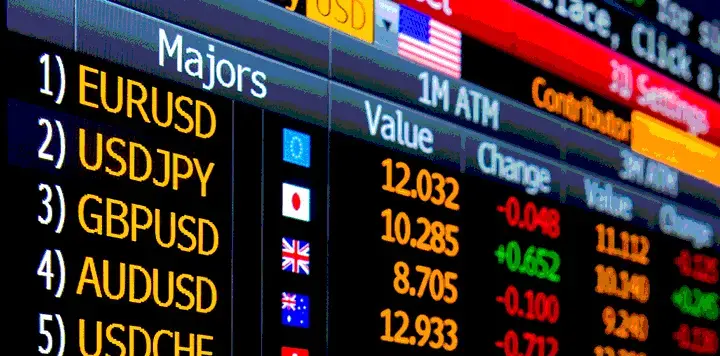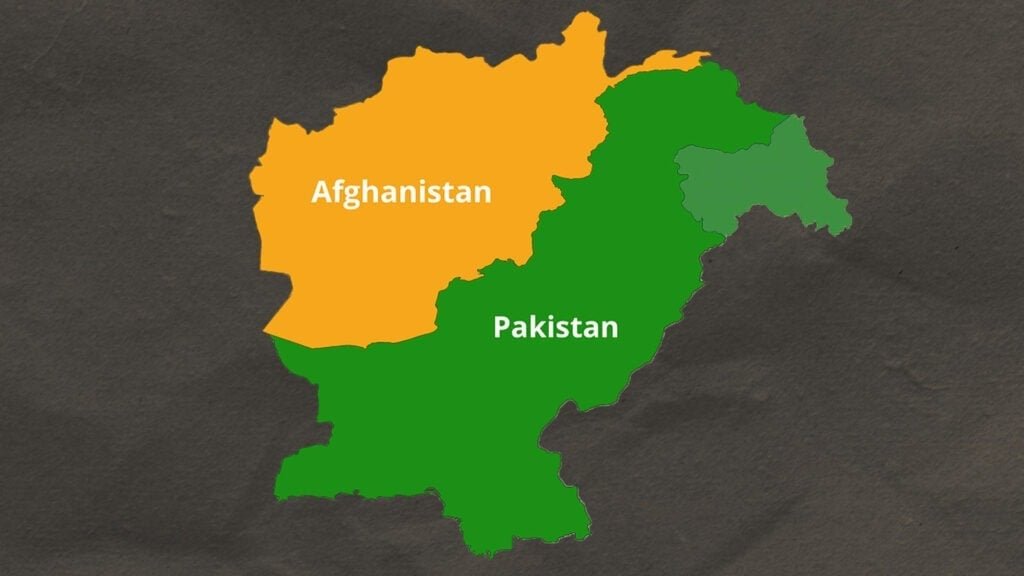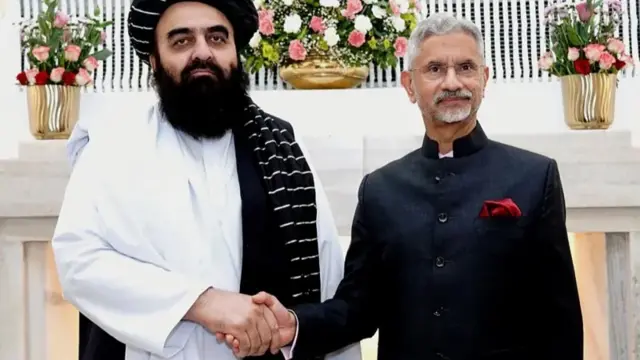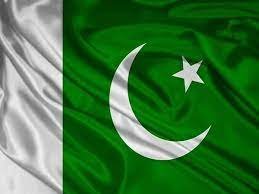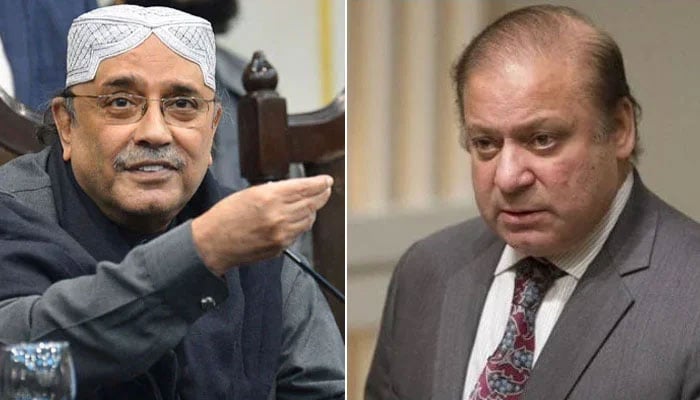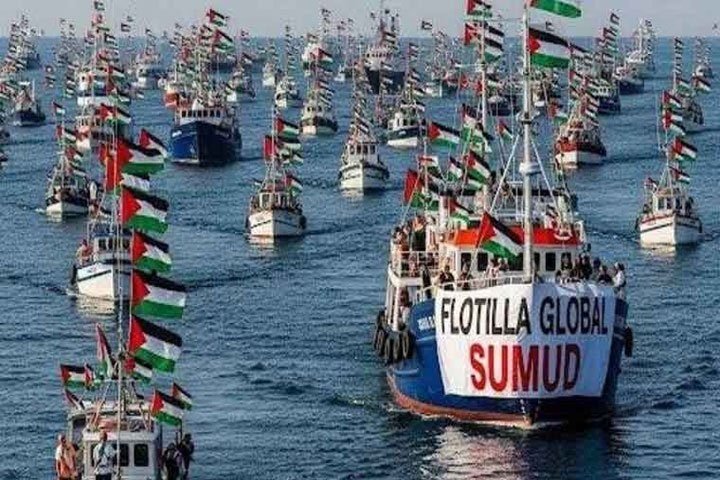Editorial
In a recent interview with a foreign news agency, Governor Jameel Ahmad of the State Bank of Pakistan disclosed that Pakistan is seeking to raise up to $4 billion from commercial banks in the Middle East. Furthermore, the country is in the final stages of securing an additional $2 billion in external financing required for approval of the $7 billion Extended Fund Facility (EFF) program by the International Monetary Fund (IMF). This follows the staff-level agreement reached on 12 July 2024.
Upon analyzing the statement, several key points come to light. First, the budgeted amount from foreign commercial banks stood at $3.779 billion, raising questions about the discrepancy between the actual figure and the stated target of $4 billion. This minor difference may indicate a modest increase in the financing requirement within just two months of the fiscal year.
It’s important to note that in the previous year, the caretaker finance minister acknowledged the government’s inability to issue sukuk/Eurobonds and procure budgeted commercial loans from foreign banks due to exceptionally high interest rates stemming from the country’s poor credit rating by international agencies. While Fitch upgraded Pakistan’s rating from CCC- to CCC+ post-SLA on the EFF, Moody’s also improved Pakistan’s rating from Caa3 to Caa2, but expressed concerns about the government’s ability to sustain reforms.
Despite these upgrades, it’s unlikely that commercial banks will significantly lower interest rates due to the perceived high risks associated with Pakistan. The governor mentioned that Middle Eastern banks would provide the funds, but it remains uncertain whether their rates would be more competitive than those offered by Western banks. The country heavily relies on friendly nations for financial support, but commercial banks prioritize economic considerations in their decisions.
Pl, subscribe to the YouTube channel of republicpolicy.com
During a briefing to the parliamentary Standing Committee on Finance and Revenue, the governor highlighted the substantial repayment of $26.2 billion required in the current year, with only $12.3 billion commitments received and $4 billion expected to flow back into the country as rollovers.
The Economic Affairs Division (EAD) released a chart showing foreign assistance received in the first month of the fiscal year, amounting to $436.39 million out of the total budgeted amount of $19,393.16 million. The majority of these funds were disbursed by the International Development Association (IDA), China, the Asian Development Bank (ADB), and the International Bank for Reconstruction and Development (IBRD). These inflows need to increase significantly to gain IMF Board approval for the EFF.
Concludingly, it’s apparent that Pakistan is grappling with a significant debt burden, necessitating a reduction in expenses, particularly current expenditure, and an improvement in tax collection. Without addressing these fiscal challenges, the country’s reliance on borrowing will perpetuate its financial predicament.






